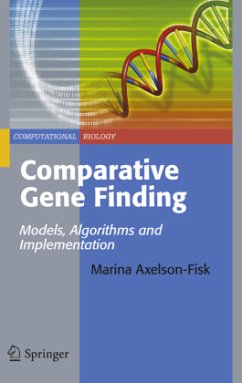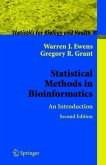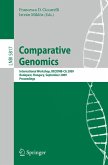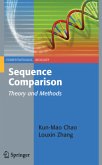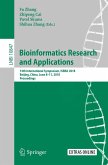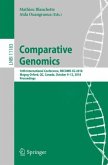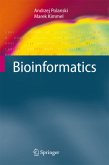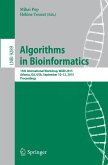Comparative genomics is a new and emerging ?eld, and with the explosion of ava- able biological sequences the requests for faster, more ef?cient and more robust algorithms to analyze all this data are immense. This book is meant to serve as a self-contained instruction of the state-of-the-art of computational gene ?nding in general and of comparative approaches in particular. It is meant as an overview of the various methods that have been applied in the ?eld, and a quick introduction into how computational gene ?nders are built in general. A beginner to the ?eld could use this book as a guide through to the main points to think about when constructing a gene ?nder, and the main algorithms that are in use. On the other hand, the more experienced gene ?nder should be able to use this book as a reference to different methods and to the main components incorporated in these methods. I have focused on the main uses of the covered methods and avoided much of the technical details and general extensions of the models. In exchange I have tried to supply references to more detailed accounts of the different research areas touched upon. The book, however, makes no claim on being comprehensive.
From the reviews:
"I found it to be a sufficiently comprehensive documentation of gene finding approaches and techniques. ... Therefore, this book's publication was extremely welcome news. Readers should really have a good background ... in order to fully benefit from this book. ... synopsis will hopefully give potential readers a fairly good idea of the nature of the book. In summary, this book is as good as it could be for the purposes it states." (M. M. Tanik, ACM Computing Reviews, September, 2010)
"I found it to be a sufficiently comprehensive documentation of gene finding approaches and techniques. ... Therefore, this book's publication was extremely welcome news. Readers should really have a good background ... in order to fully benefit from this book. ... synopsis will hopefully give potential readers a fairly good idea of the nature of the book. In summary, this book is as good as it could be for the purposes it states." (M. M. Tanik, ACM Computing Reviews, September, 2010)

